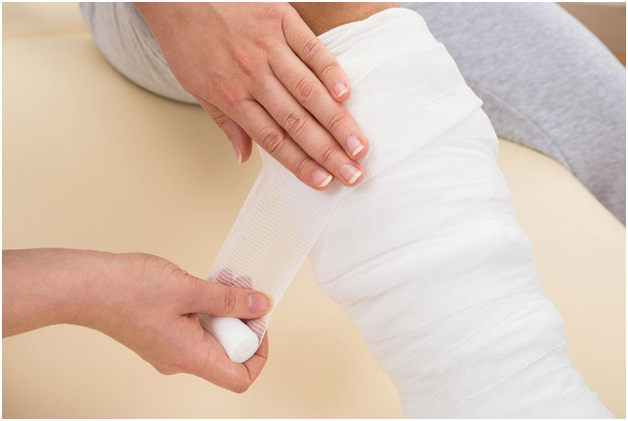Exercise after pregnancy isn’t a one-size-fits-all, but it helps you stay healthy, and lose that baby weight. Also, it helps strengthen the abdominal tone, boost your energy level, and prevent postpartum depression.
Most moms will immediately turn to postpartum wear, from belly wraps to incision care, nevertheless, how soon it is too soon to hit the gym depends on individual circumstances because no two pregnancies are the same. You may need to consult your obstetrician.
There are benefits of postpartum exercise. Even more, the efforts of a physiotherapist and your doctor can help your body adjust after a child’s birth. Therefore, postpartum fitness is needed, which allows the pelvic and other strained parts of the body to get their vibes back.
Let’s take you through what you need to know about postpartum exercises.
Can You Exercise Just After Giving Birth?
There is no hard-and-fast rule to a safe return to postpartum exercise, but you can determine if you are ready with the kind of signals your body gives you. Notably, the child delivery process will influence when to start and the types of exercise. For instance, normal vaginal delivery will take less time to heal when compared to a complicated delivery or a Caesarean delivery.
Therefore, depending on the circumstances, hitting the gym might be quicker for a vaginal delivery patient than a C-section. You can jump right in after delivery to do light exercises such as walking or pelvic floor exercises. Before you start your exercise, see the doctor.
Benefits Of Exercise for New Mums
Excitement can distract you from the goals of exercise, which are not just to help you fit right into your wear, but as a means to elevate your body.

Labour and birth can cause severe problems, including back pain and separated abdominal muscles. In this case, regular exercise can significantly benefit the body, including breathing re-coordination.
However, be realistic, don’t overdo it because high-impact exercise can lead to prolapse. It is best you stick to an easy routine because your body will only be ready after 6 weeks postnatal. Therefore, it is best not to return to your previous level of physical activity until 16 weeks after the baby is born, so be patient.
Low-Risk Exercises For New Mothers
Pregnancy hormones can alter your joints and ligaments for up to 6 months after birth, increasing your risk of injury. Avoid heavy weights, sit-ups, and high-intensity cardio activities for at least three months.
There are safe exercises for new mothers, such as:
- Happy Baby Pose: Your pelvic muscles may contract and become uncomfortable after delivery. This yoga posture can help you gently relax and stretch your muscles to reduce discomfort. Raise your legs while lying flat on your back to your sternum. Your knees should be somewhat broader than your hips. As you work toward holding this stance for 90 seconds, focus on relaxing your pelvic muscles.
- Abdominal Exercise or Abdominal Bracing: Choose from sitting, standing, laying on your side, reclining on your back, or kneeling on all fours. Pull your lower abdominal button in towards your spine. And hold for 5 to 10 seconds before returning to regular breathing. Repeat 8 to 12 times each day, 4 times per day.
- Pelvic Tilt Exercise: Sit with your back straight and lean slightly forward. Squeeze and pull the muscles around your vagina as though you’re attempting to halt a bowel movement. Hold for 8 seconds while counting to 8; relax for at least 8 seconds, and repeat 8 to 12 times more.
A child’s birth comes with body changes. You have to be intentional about postpartum exercises. Depending on your circumstance, you can choose to start a day or a few weeks after. Still, be care careful while at it. And while exercises are great, physio massage can keep your body in check till you feel ready to hit the gym.
Read Also:






















